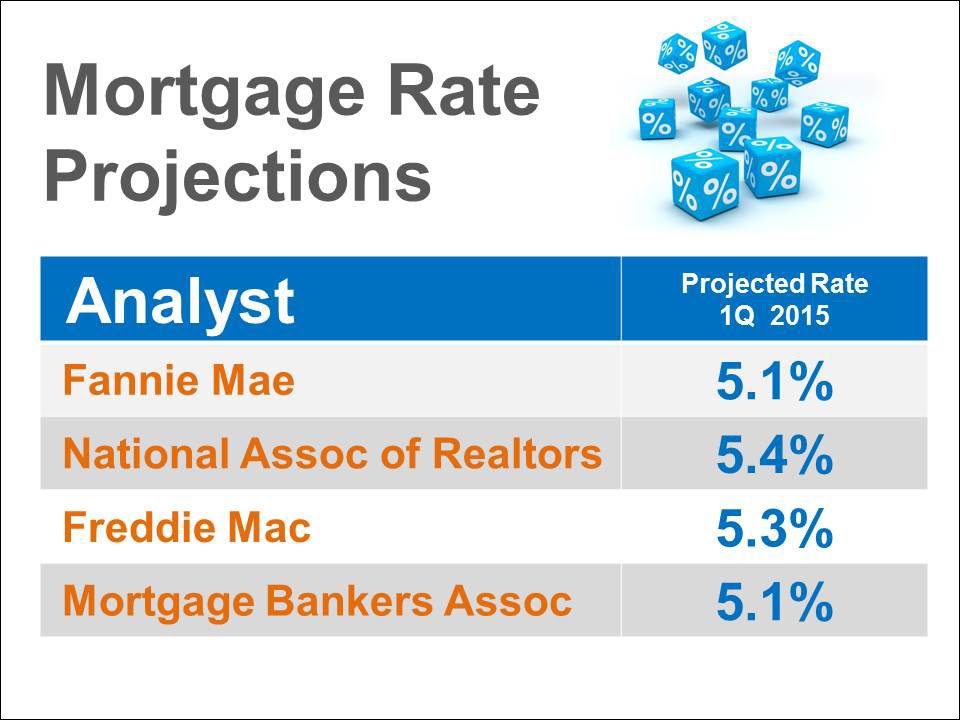 By: Karin Beuerlein
By: Karin Beuerlein
Published: June 27, 2013
We decipher light bulb labels so you’ll know exactly what you’re getting in terms of brightness, color, and energy efficiency.
If you wind up with lighting that’s harsh, flat, or unpleasant — like when you’re trying on bathing suits in a retail dressing room — it won’t matter that you got that LED on sale or that it lasts forever. You’ll wish it didn’t.
For most home lighting, your choice boils down to three options, from most to least expensive:
-
Fluorescents (including CFLs)
-
Energy-efficient (halogen) incandescents, which meet the government’s new energy efficiency standards and aren’t being phased out.
Related: Energy-efficient light bulbs are just one way to take back your energy bills.
So how do you choose?
Learn the New Light Bulb Language
Since January 1, 2012, the Federal Trade Commission has required a new “Lighting Facts” label. It was designed to help consumers break the habit of picking bulbs based on wattage to determine brightness. Now a metric called lumens is used for this task. Wattage only measures the amount of power a light bulb consumes.
Confused? Here’s an example: If you want to replace a 100-watt incandescent with an LED bulb and get the same brightness as the old bulb, you’d need a 27-watt LED bulb with an output of 1,600 lumens.
How to Read the New Label
While the new light bulb lingo sounds pretty complicated, it’s not once you get the gist. Here’s a breakdown of the “Lighting Facts” label:
Brightness: Here’s a quick tip: the brighter the light bulb, the higher the number. Standard bulbs range from 250 to 2,600 lumens.
Estimated Yearly Energy Cost: How does this add up? According to the U.S. Department of Energy, by upgrading 15 traditional incandescents in your home with energy-saving bulbs, you can save about $50 per year on your energy bill. Plus, energy-efficient bulbs produce about 75% less heat, so you may see additional savings when it comes to home cooling.
Life: The life of each bulb is estimated based on the usage described. Keep in mind that labels marked Energy Star meet strict energy efficiency guidelines set by the U.S. Environmental Protection Agency:
Energy Star LEDs use about 25% of the energy and can last about 25 times longer than traditional incandescents.
Energy Star CFLs use about 25% of the energy and last 10 times longer than a comparable traditional incandescent.
Light Appearance: Terms such as “soft white” don’t mean the same thing from brand to brand. To compare bulbs, you need to know their color temperature, which is measured in kelvins on a scale of 1,000 (the warmest — think candlelight) to 10,000 (the coolest — like a blue sky). LEDs, CFLs, and halogen incandescents all come in a wide range of color temperatures.
Here’s a quick kelvin breakdown for easy reference:
-
The 2700–3000K range is warm and inviting.
-
3500K casts a neutral light.
-
4100K casts a cool and bright light.
-
The 5500K-6500K range is closest to daylight.
Energy Used: As we mentioned above, wattage now only measures energy usage, not brightness. So the lower the wattage, the less energy used.
Contains Mercury: Have no fear; only CFLs have a small amount of mercury, so you won’t see this if you are purchasing LEDs or energy-efficient (halogen) incandescents.
What’s Not on the Label?
Not all specs are covered on the FTC label. So we suggest searching for bulbs online if you’re seeking something really specific. You can often find the necessary info on manufacturers’ websites. Stuff you can look for includes:
How well the bulb shows off colors and textures. This is the key to whether you’ll be satisfied with the quality of light you get. Look for the color rendering index (CRI), a measurement of 1 to 100. The higher the bulb’s score, the better.
Incandescent halogen bulbs score a perfect 100. CFLs and LEDs don’t fare as well as a group, although some individual bulbs get high scores.
How the bulb casts off its light (in technical terms, beam spread). Let’s say you use track lighting to highlight a piece of artwork. “If you want to light a 15×9-in. picture on the wall, you don’t need a 4×4-ft. spread of light,” Witte says. “To be energy-efficient, match the beam spread with the task, putting light only where you need it.”
Buying the Best Bulb for the Job
The key to setting the mood is combining different sources to create pleasing layers of light, says lighting designer Rosemarie Allaire. So here are a few more features to keep in mind that will help simplify the bulb selection process.
Halogen incandescent: They give off the same quality of light as the old bulbs, but save 25% on energy costs. They do cost more than the originals, but less than LEDs or CFLs. Plus, “Incandescent light renders color and texture beautifully,” Allaire says.
LED: “LEDs don’t have the three-dimensional light quality that incandescents do, and I find them to be flat,” Allaire says. “They’re all over the map as far as color rendering goes, and they don’t dim well, so I don’t use them in living areas or for art lighting. But their long life is a big plus.” Tip: LEDs will continue to improve rapidly as technology advances. But for now, be sure to check the label for color rendering and color temperature before you buy.
CFLs: CFL lighting is diffuse, so its color rendering generally isn’t up to snuff compared with incandescents. But if you find a particular brand with a color temperature you like, CFLs can work nicely in drop-bowl fixtures and table lamps — places where air circulates freely around the bulb. CFLs don’t do well with too much heat buildup.
Related: Choosing Bulbs Based on Light Fixtures
Additional Tips:
Test-drive individual bulbs. Once you’ve picked a bulb based on the above criteria, buy one and see its light quality in a fixture at home before you commit to buying multiples.
Visit a lighting showroom. Lighting stores can connect you with a wider range of products than you’ll find in big-box stores. Also, the way a bulb casts light in a particular fixture is crucial, so view different combinations in a showroom setting.
Consult a pro. If you’re stuck, ask a lighting designer for help. The International Association of Lighting Designers is a good source for independent consultants (those who don’t sell products). Ask a designer for a one-hour consultation.
For more information, visit HouseLogic.com
-Steve and Sandra
Steve Hill and Sandra Brenner
Windermere Real Estate/FN
Seattle-Northwest
122502 Greenwood Ave N
Seattle WA 98133
call/text: 206-769-9577
email: stevehill@windermere.com
Check out these useful Home Search Apps:
Windermere for iPad
Windermere for Android
Check out these useful links:
BrennerHill.com
Best In Client Satisfaction
Seattle Real Estate Statistics
Windermere Housing Trends Newsletter
Our Preferred Lenders
George Runnels
Washington First Mortgage
WaFirstMortgage.com
call/text: 206-604-4545
Jackie Murphy
Cobalt Mortgage
CobaltMortgage.com
call/text: 425-260-6834
 Here is a simple chart that explains why we think buying a home makes more sense than renting one. This chart represents national monthly rental rates; currently, the average rental rate near downtown Seattle is $1500/month for a one bedroom apartment.
Here is a simple chart that explains why we think buying a home makes more sense than renting one. This chart represents national monthly rental rates; currently, the average rental rate near downtown Seattle is $1500/month for a one bedroom apartment. Facebook
Facebook
 X
X
 Pinterest
Pinterest
 Copy Link
Copy Link
 It is projected that if the Fed continues to cut back on bond purchases that long term mortgage rates would start to climb. Many experts felt that Janet Yellen, who replaced Ben Bernanke as Fed Chair, was going to be less inclined to continue tapering bond purchases at the level established.
It is projected that if the Fed continues to cut back on bond purchases that long term mortgage rates would start to climb. Many experts felt that Janet Yellen, who replaced Ben Bernanke as Fed Chair, was going to be less inclined to continue tapering bond purchases at the level established.



 Last week, Fannie Mae released their
Last week, Fannie Mae released their 
 Based on prices, mortgage rates and soaring rents, there may have never been a better time in real estate history to purchase a home than right now. Here are five reasons purchasers should consider buying before the Spring market arrives:
Based on prices, mortgage rates and soaring rents, there may have never been a better time in real estate history to purchase a home than right now. Here are five reasons purchasers should consider buying before the Spring market arrives: There has been much speculation about what is causing the falling sales numbers in the most recent Existing Home Sales Reports (EHS) from the National Association of Realtors (NAR). Some have claimed that rising interest rates have scared buyers out of the market. Others have claimed that consumers are just losing confidence in the housing recovery fearing a new bubble may be forming. We want to look at the validity of these two assumptions.
There has been much speculation about what is causing the falling sales numbers in the most recent Existing Home Sales Reports (EHS) from the National Association of Realtors (NAR). Some have claimed that rising interest rates have scared buyers out of the market. Others have claimed that consumers are just losing confidence in the housing recovery fearing a new bubble may be forming. We want to look at the validity of these two assumptions. Some homeowners consider trying to sell their home on their own, known in the industry as a For Sale by Owner (FSBO). We think there are several reasons this might not be a good idea for the vast majority of sellers.
Some homeowners consider trying to sell their home on their own, known in the industry as a For Sale by Owner (FSBO). We think there are several reasons this might not be a good idea for the vast majority of sellers. By:
By: 
